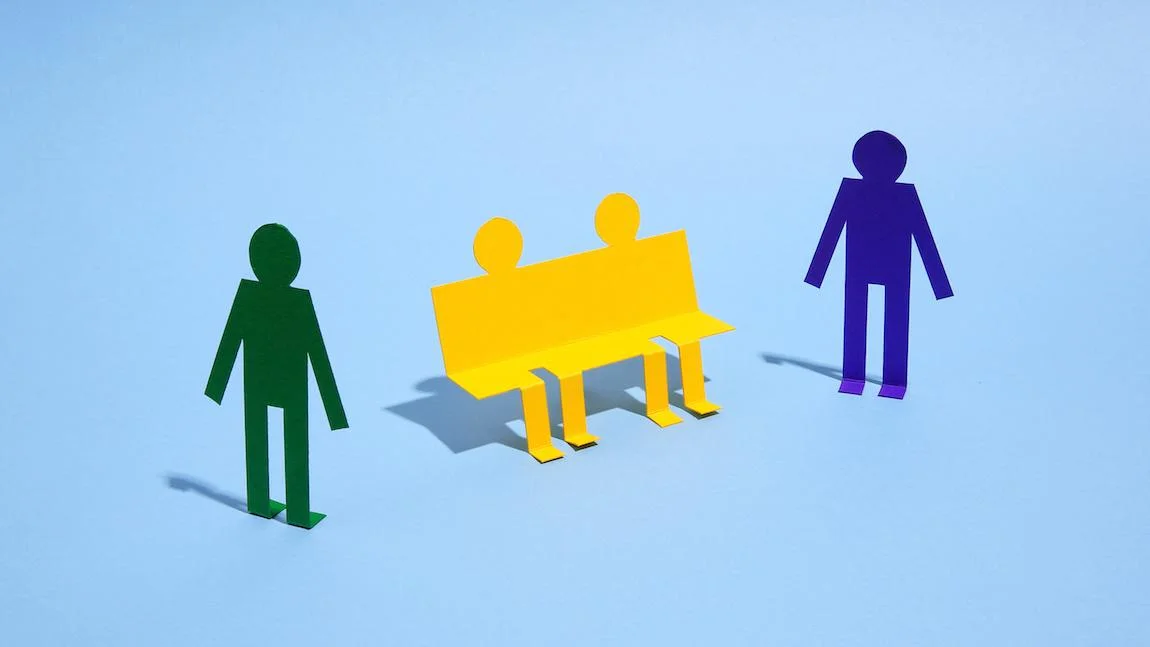Juvenile Court Statistics 2017describes delinquency cases and petitioned status offense cases handled between 2005 and 2017 by U.S. courts with juvenile jurisdiction. National estimates of juvenile court delinquency caseloads in 2017 were based on analyses of 577,407 automated case records and court-level statistics summarizing an additional 61,655 cases. Estimates of status offense cases formally processed by juvenile courts in 2017 were based on analyses of 58,768 automated caselevel records and court-level summary statistics on an additional 5,122 cases. The data used in the analyses were contributed to the National Juvenile Court Data Archive (the Archive) by more than 2,500 courts with jurisdiction over 87% of the juvenile population in 2017.
Our Vision
The Michigan Juvenile Detention Association will continue to be a national leader in promoting and sustaining of exemplary juvenile detention, residential treatment, and community based services for youth and their families.
Our Mission
The Michigan Juvenile Detention Association is committed to the highest standard of professional ethics, overall excellence in the care and custody of youth, and the provision of services to their families.




















